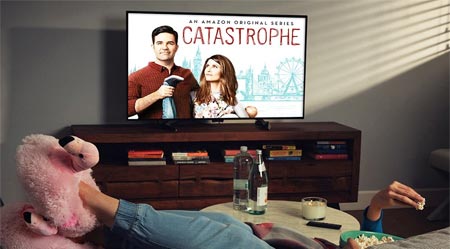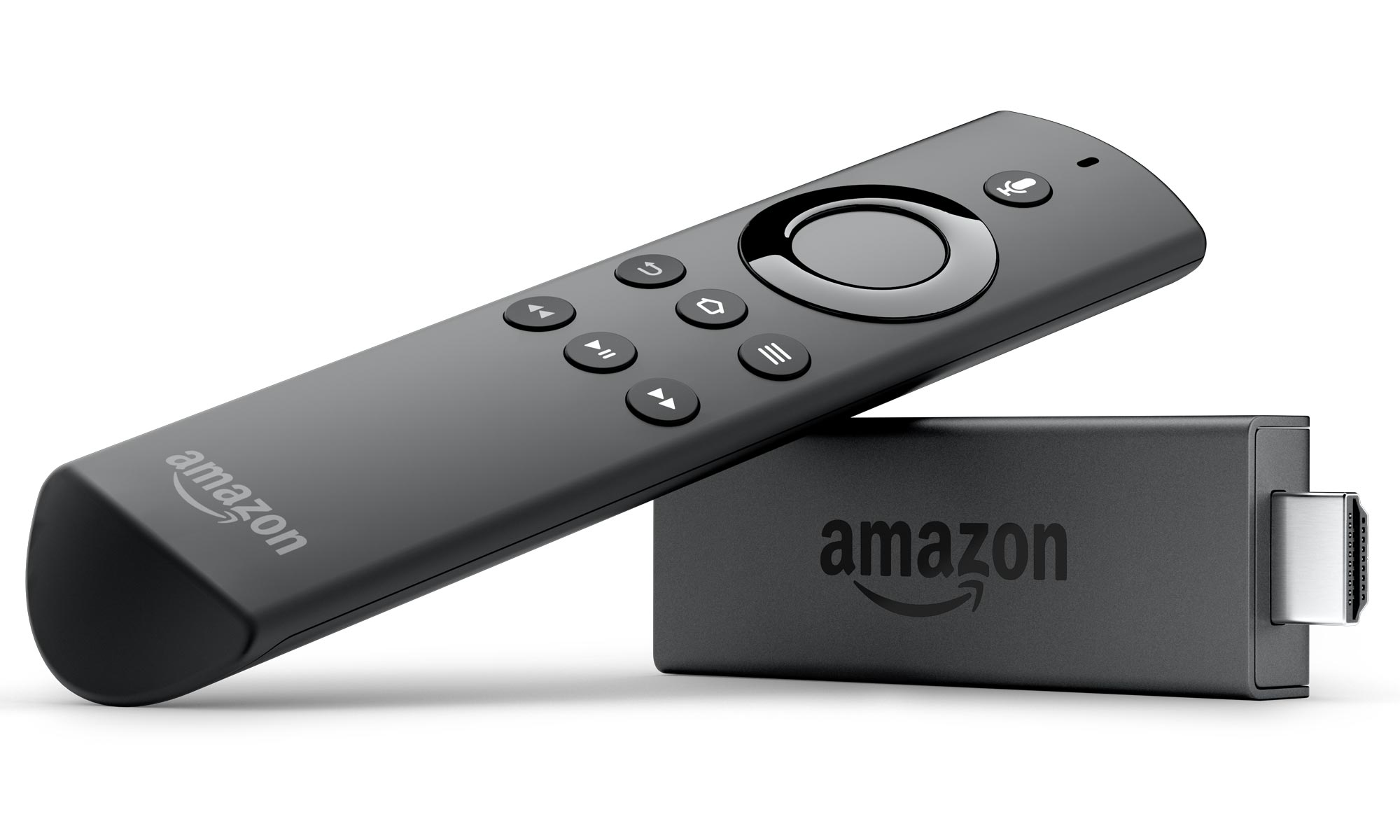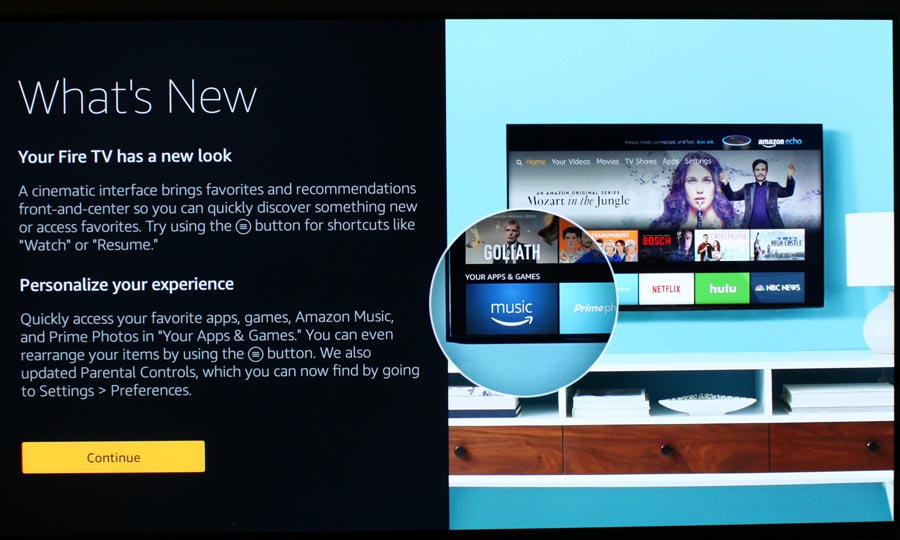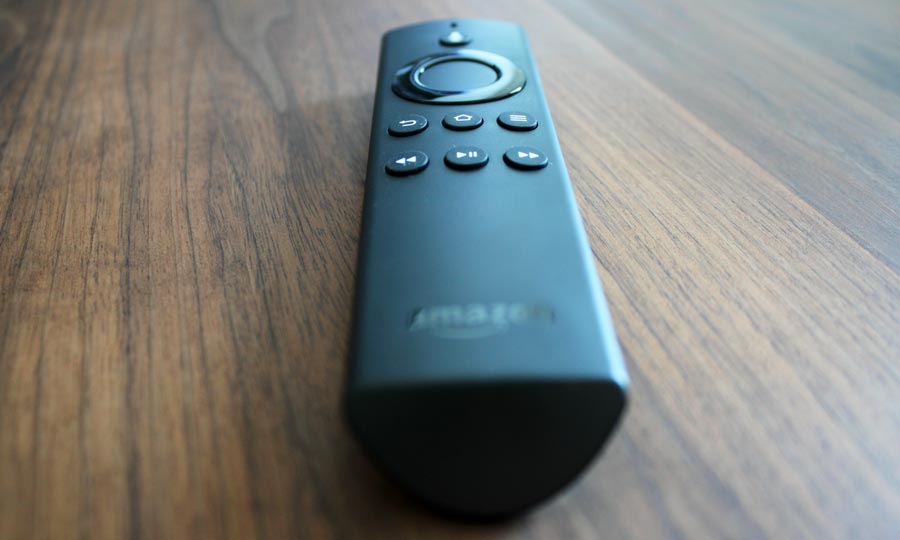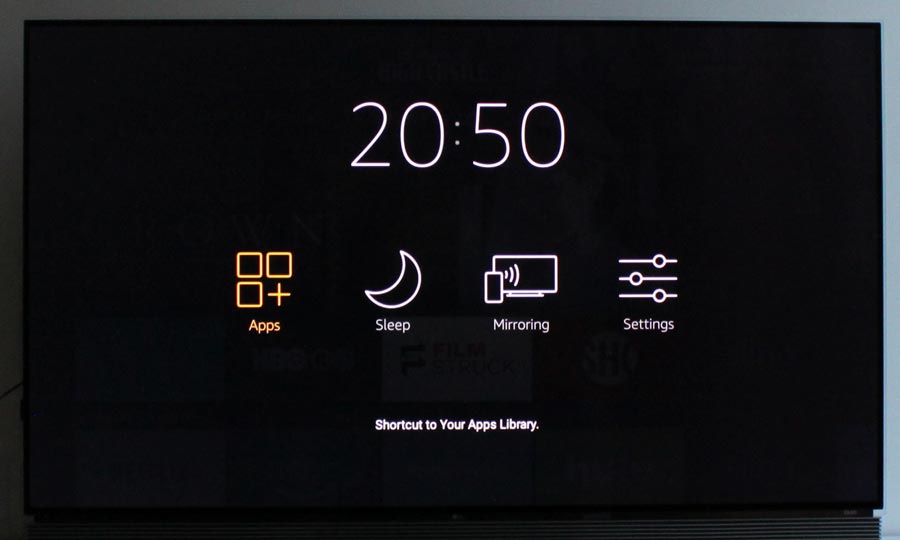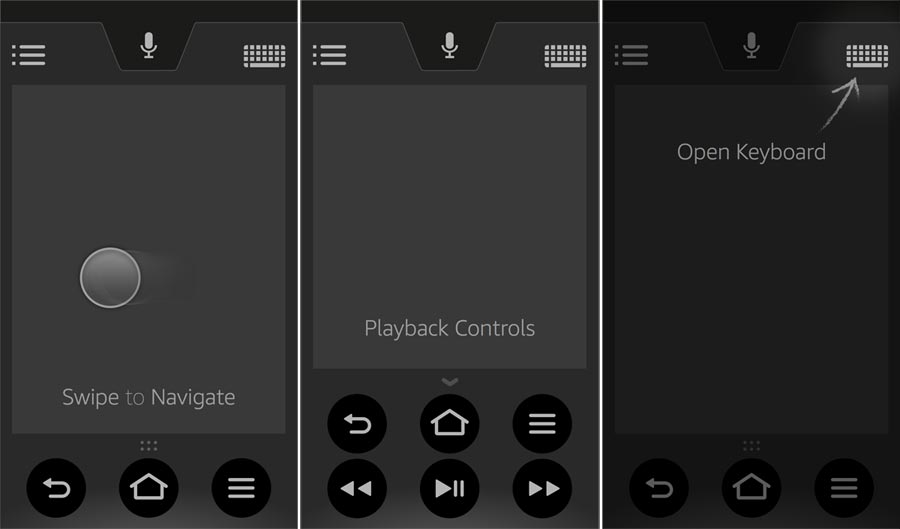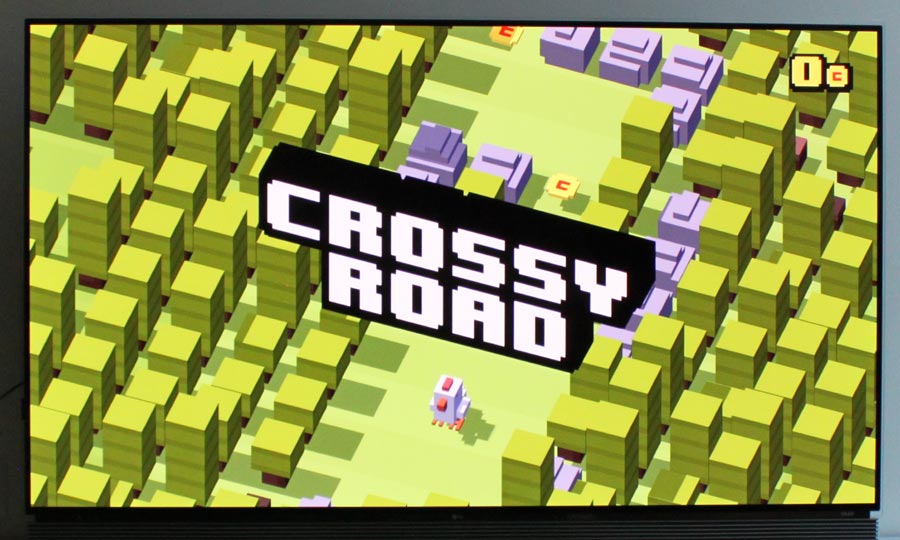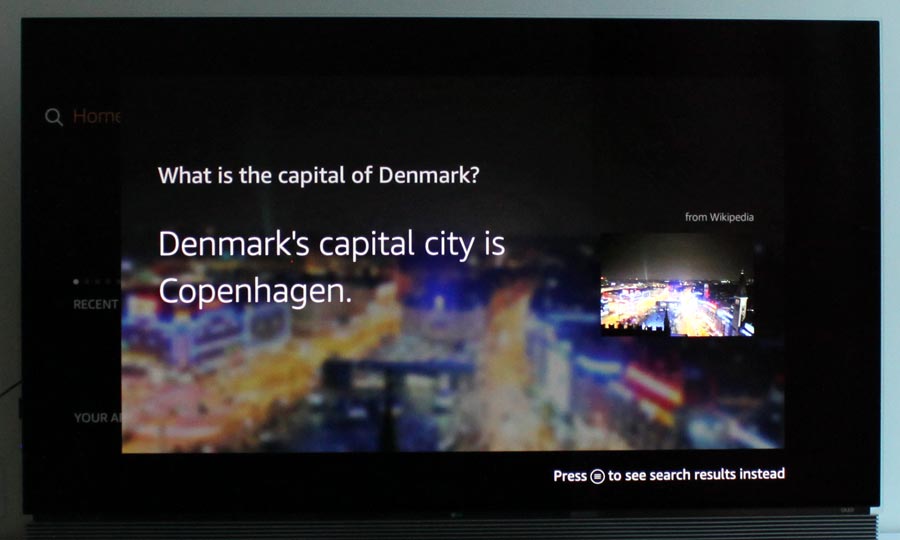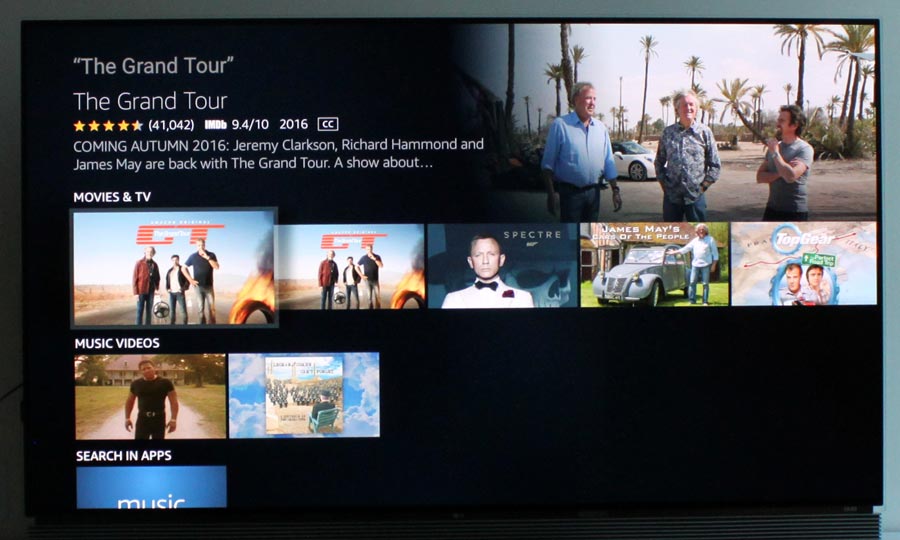Review: Amazon Fire TV Stick 2
In late 2014, Amazon introduced the first Fire TV Stick as a cheaper streaming product. In late 2016, Amazon upgraded the Stick with more capable hardware and Alexa voice controls. And then the company started rolling out a revamped user interface across it Fire TV range. The Fire TV Stick is still only $40, Ł40, and €40 in the respective regions.
At $40 the Fire TV Stick is a direct competitor to the Chromecast but because it also has a full user interface some may even consider it a competitor to the Roku players or Apple TV.Price and retailers:
Specifications
Up to 1080p resolution Quad-core processor
1GB RAM
8GB storage(HxWxD) 3.0 x 8.6 x 1.3 cm 32 grams HDMI (1x)
Micro USB (power)Up to 5.1 surround WiFi (2.4 & 5GHz MIMO – n + ac standard)
Bluetooth 4.1MPEG4 (H.264) Physical remote
Optional game controller
Optional
USB cable
Power adaptor
HDMI extensionQuick start manual
Remote controlSubscribe to our Newsletter, Facebook, twitter or RSS to receive notice when new reviews are publishedFirst impressions
The Amazon Fire TV Stick comes in a small package because it is a small device. In fact, it is not much longer than a finger and only twice the width. The largest component in the box is actually the bundled remote control.
Besides including the Fire TV Stick and remote control, Amazon has included batteries, an HDMI extender cable as well as a USB cable for power and a power adaptor. You decide yourself whether you want the Fire TV Stick to draw power from the TV’s USB port or from a wall outlet but there are certain advantages to connecting it to a wall outlet – more on that later. On the other hand, using the USB cable can reduce clutter behind your TV and we are guessing that you already have too many cables.
Considering the $40 price tag, it surely is a very comprehensive package.
The remote control has been modified somewhat compared to the previous Fire TV Stick but it very identical to the one provided with the Fire TV box – just slightly longer.
There is not much more to add here so I wanted to include some words on connecting the device to a TV. In the good old days, many flat screen TVs had input ports that faced towards the wall. Of course, this was an unfortunate decision on the manufacturers’ part because it made it difficult to mount the TV flush to the wall.
Many of these TVs are still functional and being used, so if you are planning on connecting the Fire TV Stick keep in mind that it is much longer than it is wide. Other TVs have HDMI ports on the side, which poses a different challenge because the Fire TV Stick will often extend past the frame (see photo below). This is why Amazon has included a small HDMI extender cable and it is a good solution but I hope that Amazon in the future will look to Google for inspiration. The rubber band on the second-generation Chromecast is very clever and a more flexible solution.
Another thing to be aware of is that many TVs only have 1x USB port so if you want to draw power via USB you have nowhere to insert USB sticks. It is not a major concern since Amazon has included a wall power adaptor in the package.User interface and operation
It is very straightforward to set up the Fire TV Stick. You just insert it in the TV, connect it to power, and a guide will take you through the necessary steps to connect it to your home WiFi network and log in. After that you are greeted by a short introduction video and now you can start downloading apps.
When we reviewed the original Fire TV box in 2014, we noted that Amazon put its own content front and center. As you may know, Amazon has its own streaming service in the form of Amazon Prime Video. In the years since 2014, Amazon has steadily improved the TV experience in several ways and developers have added new apps to the Fire TV app store.
Over the years, the user interface has remained largely unchanged until now. In late 2016 and early 2017 Amazon started rolling out a revamped user interface for all of the Fire TV devices. We had to wait some time for the update to reach our Fire TV Stick but it has now been operational for a few months.
Gone is the old side menu to the left. In the revamped interface, you instead get rows of content. There is “recent” row first and below it “Your Apps & Games”. At the top you can switch between the tabs Videos, Movies, TV Shows, Apps, and Settings. And in the far right corner there is an ad space that rotates ads for Amazon product, apps, games, content etc. It is a fairly discreet ad and we guess Amazon will reserve it mostly for its own products going forward.
If you scroll down in the user interface you will notice that ‘Recent’ mixes apps and content. You can remove items from the content row as you please. Amazon Prime has its own row, Netflix another. There is also ‘Highlighted content’, which highlights content from across Netflix, Showtime, HBO, ads, etc. There are many other rows and Amazon can introduce new as it pleases. It works and is one element that you will be familiar with, if you have used Fire TV products with the old UI.
With the new user interface, Amazon has also introduced a somewhat controversial feature; geoblocking. The interface simply has built-in safeguard to geoblock content in countries where the Fire TV products have yet to officially launch (along with Amazon). There are ways around it but be alert if you are thinking of importing the Fire TV Stick.
The user interface is fairly quick, especially considering that this is a cheap HDMI Stick with limited hardware. It does stutter sometimes but overall it is surprisingly fast compared to other ‘Smart TV’ user interfaces. At least until you try to open apps – more on apps and multi-tasking in the next section.
This brings us to the remote control. I could go on forever about remote controls in the era of apps, including those that come bundled with some TV. I will try to restrain myself. Amazon’s remote is fairly straightforward. It has 8 buttons and a left/right/up/down clicker, which is more or less all that you need to control the interface. The top button is used to activate Alexa voice commands, which then prompts you to speak into the embedded microphone in the remote.
Overall, I like the remote control and the rubber surface but I think it is too light. It feels cheap, especially the click sound that the buttons give off. To me, Apple’s Siri remote is still in another league but then again, Apple TV is also significantly more costly.
The new user interface can be a bit confusing at times. There are also some inconsistencies that similarly plague Android (which FireOS is based on). There are pros and cons to each approach but one thing that Apple has gotten right in tvOS on Apple TV is to dictate that all app partners use the keyboard embedded in tvOS. Depending on which app you use on FireTV, it has a different keyboard - for example Netflix. This can be quite confusing at times.
Another thing that Apple TV got right was HDMI CEC control. Apple made the notoriously unreliable HDMI CEC system reliable, enabling you to turn on, off, and adjust volume on your TV when using tvOS. Amazon is trying to do the same thing, and Fire TV Stick automatically set itself up to turn on and off the LG OLED TV that it was connected to. When you want to turn on the TV you simply press a button on the Fire TV remote and to turn off you hold down the home button and select “sleep”, which will also put the TV to sleep. This all happened automatically but to make it turn on the TV you first need to enable the “wake” function in the TV’s menus and make sure that the Fire TV Stick is connected to power via the wall outlet – USB ports are often inactive when TVs are in standby.
However, there is one thing that we could not get Fire TV Stick to do; adjust the sound volume of the TV speaker. This is a big one because unlike Apple TV that practically lets you ditch the standard TV remote and control everything via Siri Remote, this omission means that the Fire remote cannot stand alone. You still need to have your TV remote around. Bummer.
Amazon also has a smartphone remote app. After the company rolled out the new user interface, the app lost the ability to launch apps. Amazon has since added the feature back into the app, which can be useful since many probably have their smartphone glued to the hand anyways. The app also lets you move around apps in the Fire TV UI, control playback, and do some other things.Measurements
In this new "measurement" section we will include all measurements. If you want to learn more about our test methodology click here.
Power consumption Out-of-box Calibrated Standby 1.7 W - Menus 2.7 W - Video streaming 3.0 W - Gaming 4.4 W -
Time measurements Time Netflix app start-up time 18s Youtube app start-up time 20s Hulu app start-up time 19s Showtime app start-up time 12s HBO GO app start-up time 19s Amazon Music app start-up time 14 s SlingTV Radio app start-up time 12s Crossy Road app start-up time 22s Fire TV Stick as a media player
Amazon says that there are over 7000 apps available on its FireTVs devices. This compares to over 8000 on Apple tvOS, over 5000 on Roku, and fewer on Google’s Android TV (no update provided for some time). The numbers quoted are the latest we could find and most were announced in late 2016 or early 2017.
Many of these apps are of course games and most may not be relevant to you but it confirms that developers are embracing Amazon’s TV devices, which is good news for the long term prospects. Fire TV is fast becoming one of the most comprehensive TV platforms, and the company will soon let manufacturers of Smart TV use it as their TV platform.
While it is possible to install Kodi on Fire TV and play your media files stored on a local network, the Fire TV platform was designed for streaming. To stream you need apps, and speaking of apps there are Amazon Prime Video, Netflix, YouTube, HBO Now, Hulu, Sling TV, PlayStation Vue, Showtime, Amazon Music, lots of games, and many more.
Most of the apps look like you would expect, meaning the exact same interface as you get on other TV streaming devices. Amazon Prime Video is embedded directly into the home screen user interface and not an “app” per se. We will not go through all of the apps but have included some photos. Instead we want to just highlight that it is still a mixed bag. While some providers put a lot of effort into the user experience (such as Netflix), others seem to care less.
We also experienced some minor bugs. For some reason HBO Now continued to crash on our device. It is not a bug, but subtitles on Netflix are yellow, which look horrendous. Amazon is obviously not responsible for how each app works and looks but comparing it again to tvOS on Apple TV there is less consistency in how you navigate around and how things work. To less advanced users this may feel confusing.
To access most apps you obviously need a subscription but there are also free apps such as YouTube, Vimeo, TED etc. Some Amazon Original series (first episode) are also free.
However, the main problems with using apps on the Fire TV Stick are:
1) Apps take too long to load
2) Limited hardware means that there is no real app multi-tasking
As you can see in our measurement section above, it takes almost 20s to load popular apps such as Netflix, Hulu, HBO, and YouTube. One would think that if you have Fire TV Stick connected to power via a wall outlet, it would always be on and ready to go, like Apple TV that literally loads the apps you use the most in <1s, but unfortunately the Fire TV Stick has too little RAM to keep more than a few apps in memory. It constantly flushes memory, meaning that if you jump between Netflix, YouTube, and HBO frequently you will likely have to wait for each app to load from scratch again. Simply jumping between 3 apps can force you to stare at loading screens for up to a minute.
It is not a critical problem, you just need some patience, but on a TV screen you want the most seamless experience possible because of the physical distance between you and the actual user interface.
Now, to be clear, it may sound worse than it is but we think it is important to point out since Apple has set a high bar with tvOS in this area. With that being said, Fire TV Stick actually offer a better user interface and user experience than most high-end Smart TVs do – and it costs a fraction. You cannot expect everything for $40 and based on the price Fire TV Stick offers a very comprehensive app package – with room for improvement.
Also, if you are heavily invested into Amazon Prime, the Fire TV devices are great for watching video on Amazon Prime Video. As said, Amazon Video is not an “app” per se but instead integrated directly into the home screen on Fire TV, meaning that it does not suffer from the relatively slow load times.
On the other hand, two cool things that we noticed are how the top row auto-plays a trailer or video if you scroll to for example House of Cards, and how Amazon leverages it “quick load” feature, introduced with the Fire TV box, to reduce video buffering time when you press play. In practice it actually pre-buffers video, making for example Netflix’s videos start faster than on most other devices out there.
In this video we quickly browse through the features and how they work. We also briefly demonstrate Alexa voice control – more on that in the next section.
Unlike the latest Fire TV box, Fire TV Stick does not support 4K Ultra HD. And neither of them supports HDR (High Dynamic Range), which is a little ironic considering that Amazon’s streaming service is one of the first to actually offer content in HDR. The new Fire TV Stick is instead limited to 1080p HD. Now, you could actually technically pair 1080p HD with HDR but Amazon has chosen not to do so with the Fire TV Stick. Another thing to point out here is that while Amazon has included the option to output video in 24Hz, and some apps such as MrMC and Kodi have employed it, the system is not automatically switching between frame rates to match the video source throughout the system – at least not yet.
There are lots of games available through the app store on FireTV, too. These are mostly mobile-class games like Crossy Road, and Amazon has its own studio so there are even some exclusives. Some of the games are good fun but to play most of them you need to invest in the Fire TV game controller, which is $50 – more than the Fire TV Stick. The hardware of course sets many limitations so for now you should surely keep your PlayStation or Xbox around.
One thing I miss immensely on FireOS compared to other TV operating systems like Apple tvOS and Google Android TV is a “cast” system (like Airplay and Chromecast) that allows you to cast video from a smartphone or tablet wirelessly onto the TV screen. I am aware that Amazon is working on such a system but it is not well supported in mobile apps, and Amazon does not have the luxury of operating a global mobile operating system where it can install its cast functionality on a system level.Alexa voice control
One of the big new features that have been added to Fire TV recently is ‘Alexa’ voice control. It also works on the new Fire TV Stick. Alexa voices controls are – as you may know –now available in a range of products, including the Amazon Echo. On the Fire TV devices, Alexa is implemented in a way to help you easily find content.
In short, Alexa allows you to speak to the remote and search for i.e. “James Bond” or “Lord of the Rings”, even actors. Additionally, you can give commands such as “Skip ahead 1 minute” or “Launch HBO Now” when watching video. You can even search the app store for new apps.
In our testing it worked OK. Alexa is decently fast, fairly reliable, and mostly accurate in its voice processing. Compared to Siri on the Apple TV, Alexa can also talk back.
However, it still relies on commands like any voice system out there. Any company that will tell you that their voice assistant is “intelligent” has a different definition of the word than I do. For example, ask something a little out of the ordinary like “Find James Bond movies from the 90’s” and Alexa will tell you that there are none (spoiler: there are 3). Ask Alexa to “Open Netflix” and it will take you to a new screen where you have to click instead of opening the app right away. It is possible to ask Alexa to “Find action movies” and it will return a list but it will prioritize movies with “action” in the title – not exactly what I wanted.
However, one thing I particularly like about Alexa is that it integrates with more services than Siri on Apple TV – at least the services I use. Amazon says that it can search for movies across more than 90 partners, including Netflix, Hulu, and HBO. This means that universal search works better than on Apple tvOS and Google Android, and universal search can be very helpful.
Alexa is a good addition to the Fire TV but it needs a little more love (and needs to be less static, more AI-like) before it reaches “good enough”. Currently, for TV usage, I prefer Siri on Apple TV even though it also has its limitations.
These voice systems are more voice command systems than voice assistants, so set your expectations right. It will probably take an additional 2-3 years to make them truly useful on the TV screen.Conclusion
I have owned a Fire TV box since it launched but has rarely used it, mostly because I found the user interface clunky. Amazon has addressed this with a new user interface that has rolled out across all Fire TV devices. It now feels inviting, fun, reliable, and useful. There are tons of apps, including apps for the most popular streaming services. And with Alexa added on top, it feels like Amazon is onto something important here.Ad:But that’s software. The limitations in the Fire TV Stick are currently found in the hardware. The hardware has limited RAM, which in day-to-day use means that apps such as Netflix or HBO need to load again and again, even if the operating system on paper supports multi-tasking. It usually takes 15-20 seconds per app, which is a long time to sit and stare at a loading screen. On the other hand, Amazon Prime Video is embedded deep into the user interface so it will load almost instantaneously. Amazon’s content is put front and center.
Don’t get me wrong, you get incredible value for only $40 / Ł40 / €40 but if you are planning to use it as your main living room device I think you should seriously consider buying the more powerful Fire TV box instead - or another streaming player with more powerful hardware. Besides faster hardware, the Fire TV box also supports 4K, something that for example Apple TV, which currently offers the smoothest TV user experience, lacks.
If you already own the Fire TV box and want to expand the experience to more rooms, the Fire TV Stick is no-brainer. It offers even more value for your money than Google’s Chromecast.Price and retailers:
Apps is an evaluation of the app catalogue and the quality / user friendliness of the apps
Features is an evaluation of the built-in functionality and how useful it is, as well as build quality
User experience is an evaluation of user friendliness and the general use of the box, including the remote control
Total score weighted as: 40% Apps, 30% Features, 30% User experience.
All scores are calculated based on a moving maximum target, defined by what we currently consider the best on market. It is then presented as a percentage. This means that a score will fall over time as new and better media boxes set new standards. This allows you to compare scores across years. A score of 100% in a given category means that it is consider the best available media box in this category to dateClick for a more detailed explanation of the score system and our Awards
Very affordable
Lots of relevant apps
New, better user interface
Alexa has potentialLimited to 1080p – no 4K/HDR
App loading times
No proper app multi-tasking
Hardware still a little slow

